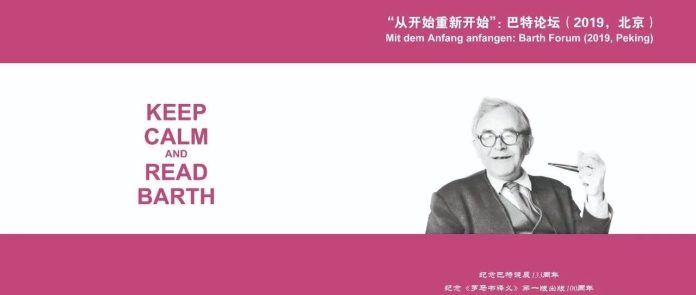编者按
2019年5月8-14日,为纪念瑞士著名思想家巴特(Karl Barth, 1886年5月10日-1968年12月10日)诞辰133周年、《罗马书释义》第一版出版一百周年和塔姆巴赫讲演发表一百周年,北京师范大学哲学学院特邀国际著名巴特研究专家、波鸿大学讲席教授Günter Thomas教授举办“巴特系列讲座”共6讲,其中有两讲为在5月10日纪念巴特诞辰133周年的主旨演讲。本微信公众号将于近日陆续推出此次系列讲座的系列报道。
本次推送的是 Thomas教授在5月10日上午发表的题为“The Year 1919: the Tambach Lecture and the First Letter to the Romans.”的讲座报道,由北京师范大学哲学学院李琳供稿。在这一讲中,Thomas教授从对1919年巴特发表塔姆巴赫宣言的历史背景介绍开始,展开对这一演讲主要内容的重述,并且特别注重对其中同比(Gleichnis, parable)思想及其重要意义的阐发。由此,Thomas教授指出,巴特的思想即使在今天也能发挥着多方面的重要作用。
9:00 am, May 10, 2019, in main building B759, Beijing Normal University, “Mit dem Anfanganfangen: Barth Forum (2019, Peking)” is begun with a keynote speech of Prof. Günter Thomas, University of Bochum, Germany. The conference begins with the self-introduction of Prof. Thomas and other scholars. Then, Prof. Thomas begins his first speech: The Year 1919: the Tambach Lecture and the First Letter to the Romans.
Introduction:1919
In the Introduction, Prof. Thomas notes the significance of the year 1919. The year 1919, after the end of the first world war, is a year of reformation and revolution, which has greatly influenced the political arena, culture, philosophy and theological spheres, both in the West and in the East, and brought disasters and blessings to the 20th century.
He then cites several lines of poems from W. B. Yeats and others to testify the significance of the year 1919 for the intellectual sphere. After the end of the first world war, the world is fallen into pessimism because of the collapsed or enormously-stressed sociol cultural foundations of Europe and the Unites States. The faith in progress, the power of reason and the hopes for social development in the previous century are gone.
Yet, there is also optimism at the same time, Prof. Thomas notes, representedby the self-affirmation of life and the severe desperation in political field, e.g. the influence of the Bolshevism in 1917 to the Europe. At the same time,the United States is caught by unrest and the waves of political upheaval. Allin all, as Prof. Thomas claims, the year 1919 is a time full of contingency and possibility, and the world can be made both better and worse.
Thus, the year 1919 is a year for the creation and the generation of philosophy and sociology, aiming to resolve the problems and aporia put forward in front of them at that time.
This is the social cultural background of the entrance of Karl Barth and his lecture in Tambach. The speech is fascinating because it is not only a highly condensed analysis and address of Barth’s intellectual environment, but also an intermediate between the first and second commentary on Romans.
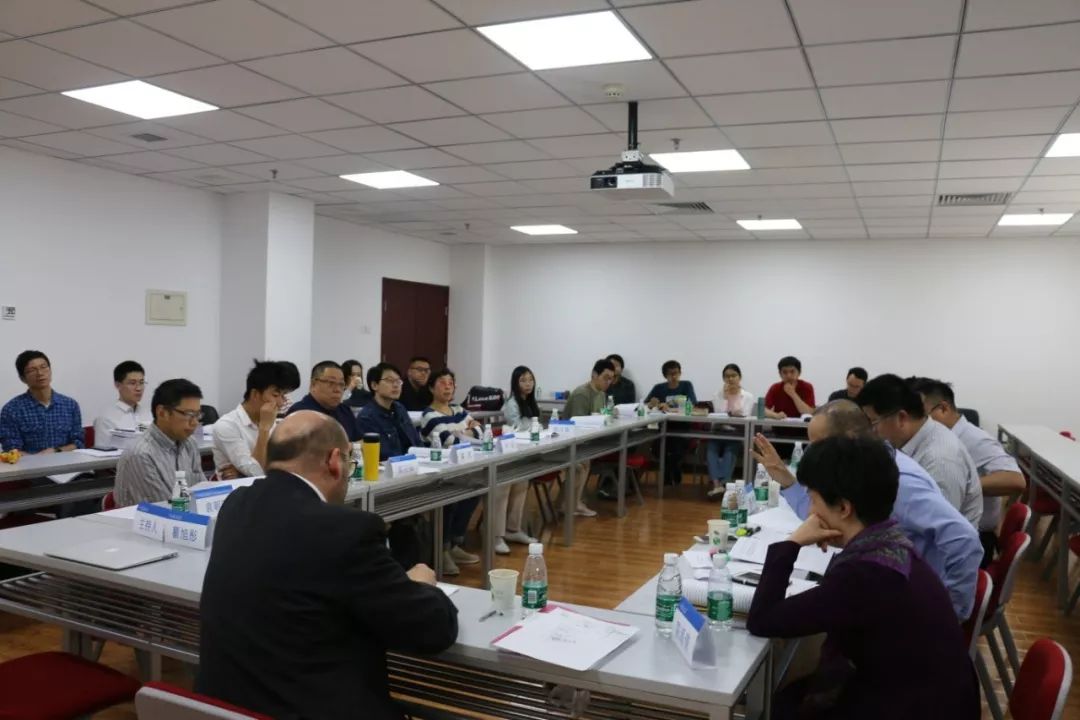
Why are we looking back to the ideas discussed in 1919?
Prof. Thomas asks in his paper, why should we look backto a text 100 years ago when the world today has dramatically changed? Here sponds that it is not only because of the intellectual curiosity or the honor to Karl Barth, but most of all because of the need for orientation for today and tomorrow. Prof. Thomas says that, it is because that in the modern world some similar problems are still with us and Karl Barth can instruct us still in some way.
The Thesis: Five Temptations about God by Barth
Prof. Thomas’ thesis is that, the five temptations in the talk about God addressed by Karl Barth are still present in our modern world.
First of all, Prof. Thomas investigates the key features of Barth’s dynamic framework of the political and cultural environment. One feature of this framework is the world in motion. The decay and progress of the different communities. Another is that, our movements — the movements in this world — are embedded in the movement of the living God. And to look at the fate of the world is a way of looking from above, a way of looking from a dynamic and moving standpoint. We can also say that the movement and dynamic of this world is an image of the movement and dynamic of the God.
So what is that movement of God? Prof. Thomas claims that God’s movement is qualified by the resurrection of Jesus Christ. He says that Christ is a new movement, God’s life among human beings, and also the true interface to God. Prof. Thomas claims, in Barth’s view, Christ is not an idea and thus an ideal, but a living person in the process of history which life is fighting against death. The resurrection of Christ is the movement of God and the victory of life over death, and whoever realizes this resurrectionwill participate in this movement and this victory, thus not an onlooker nor abystander. We are thus moved by God and the hope for a new heaven and a new earth.
According to Barth, God’s ruling is distinguished into three ways: the regnum naturae, the regnum gratiae, and the regnum gloriae. Prof. Thomas claims that this differentiation allows Barth to use dialectical thought and to assess thedevelopment and direction to a final consummation. In Barth’s view, eschatology is shedding light on creation, which means we are allowed to enjoy and to accept the world as it is given to us.
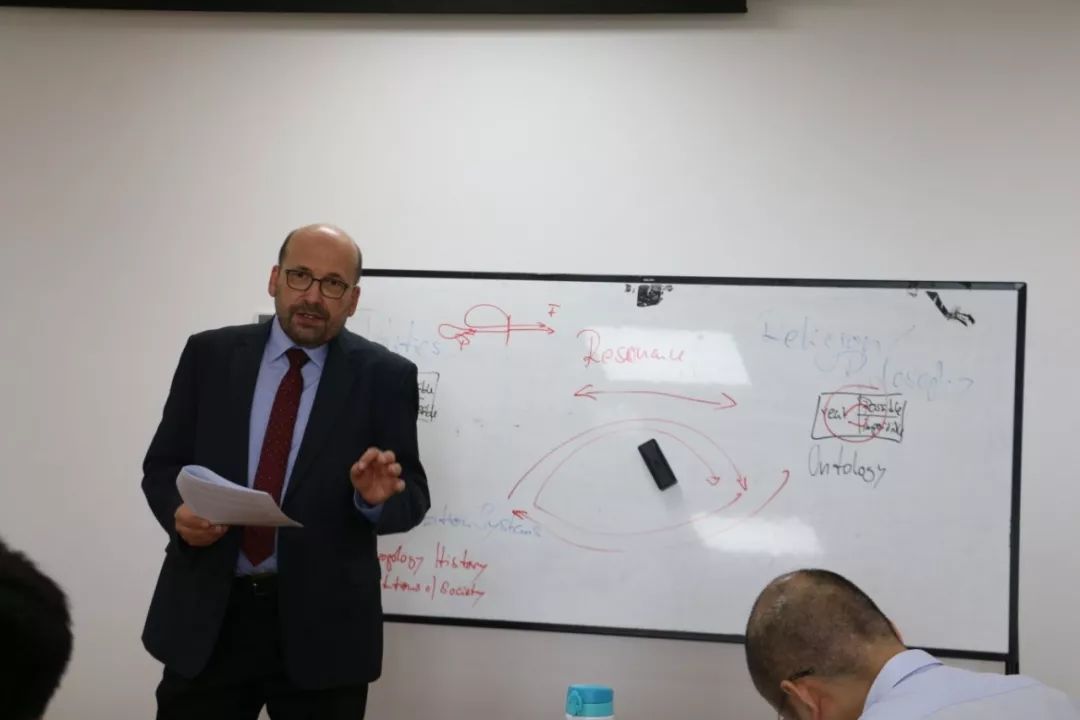
The first temptation: “God with us” and illusionary Optimism
Prof. Thomas notes that, Barth is extremely skeptical of human movement, party or initiative which claims to have God on his or herside. On Barth’s view, such a movement is to use divine as a sticker or label to mark a specific brand, thus isn’t promoting divine presence, but secularizing Christ. Such a movement is problematic, because the living Christis already effectively present and already operative before the movement and existence of us in this world.
Prof. Thomas also notes that Barth also makes use of the cross of the Christ. “In the light of the cross, the living God, the living Christ, can say no toall human initiatives, can retreat and judge the best human intentions and plans. The living God stands against all functionalism in matters of the divine.”
The second temptation: the dismissal of God in Atheism
Another temptation of talk about God is the atheism. However, Barth is never sympathized with profoundly cynical and pessimistic forms of atheism, but only the non-violent, committed atheism. It is based on three theological insights that committed atheism attracts Barth.
Firstly, committed atheists have been a living reminder to the church that God is standing over against and often beyond self-conscious religiou practice. It is because that Barth maintains that the world and society cannot be divided between the holy and the profane. Secondly, committed atheists arestrongly against the bourgeois world. According to their view, the human complacency and the traditional orders of world are problematic. Thirdly, committed atheists could be a testimony to the possibility that God’s movementis moving through people and organizations which are not religious and do not have a religious self-description. However, Barth also emphasizes the limitation in committed atheism: culture, state and economy follow their own rules. Moreover, without a clean and clear separation of the holy and the secular, society is not only ruled by its own Logos or many Logoi, but by a whole range of hypostases and potencies similar to God.
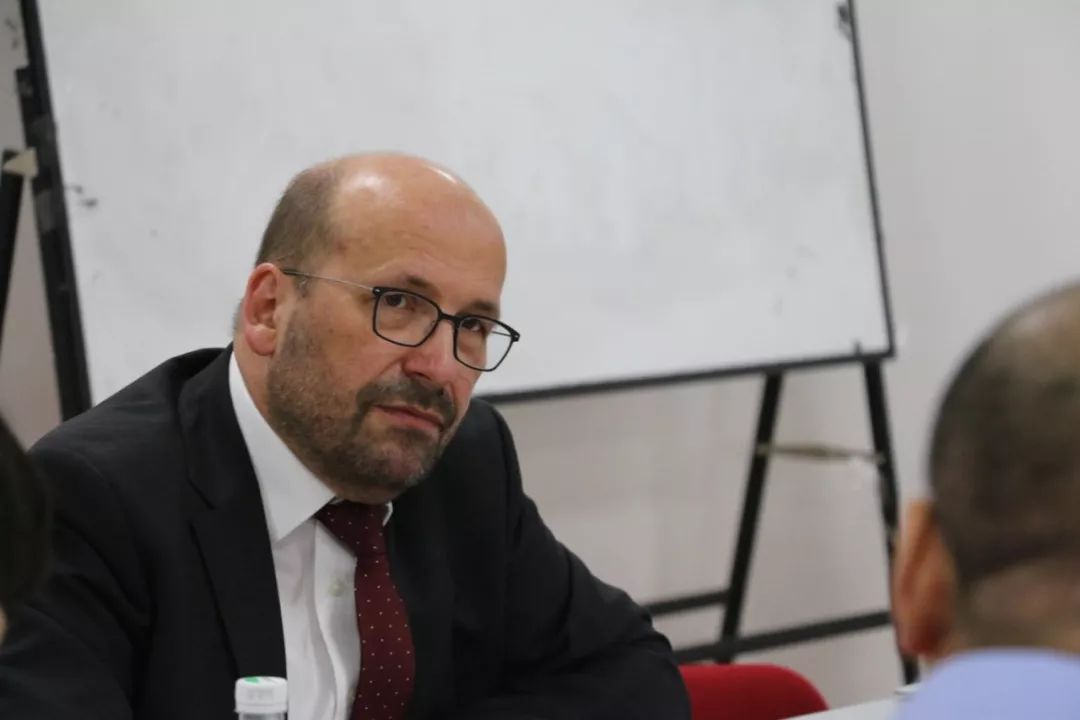
The third temptation: shifting the topic to religion or life
The third temptation is the denial of the explicit talk about God. And thesemantics of God’s talk is replaced by life or religion. Such a replacement of God by religion or life goes well with the privatization of religion. And sucha trend will make people turn to the cultivation of one’s soul and thus avoid looking closely at the crisis of society. As Prof. Thomas notes, such replacements make people forget to be part of a larger movement which offers hope for the world. And thus the liveliness of God will be overlooked.
The fourth temptation: the intensification of experience
The search for the extraordinary experience that moves them out of everyday life is the fourth temptation of the talk about God.
As Prof. Thomas notes, all these four challenges unbalance the subtle dialectical mobile of the three ways of God’s ruling. The God-with-us-optimism will transform the world like in the rule of grace. But, such will to transform does not accept the difference between reconciliation in the regnum gratiae and redemption in the regnum gloriae. The committed atheism also does not acceptthe radical difference and the disruptive continuity to the regnum gloriae. The substitution of God by religion and a celebration of the good life as well as the intensification of experience tends to opt for immediacy and hence to remain in the realm of nature without a perspective on the regnum gratiae and theregnum gloriae.
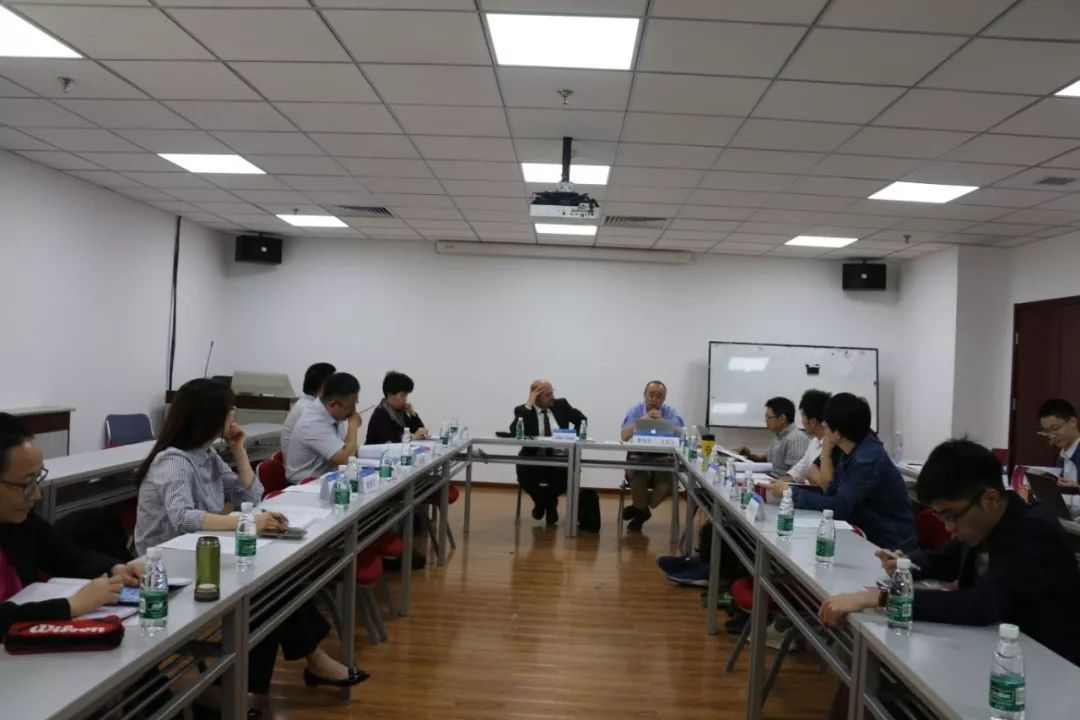
Barth’s six recommendations
Against the background of the temptations, we can summarize Barth’s recommendations to committed Christiansinto six points:
-
Do not forget to enjoy life! The living Christ is also confirming the goodness of creation and honors the bare facts of life.
-
Do not just be an onlooker, observer or even a referee! Christians are drawn into God’s own movement and therefore engage in social affairs, politics and the shaping of public life.
-
Look for fellow travelers outside of the church!
-
Take your time and space, and your context and your environment seriously!
-
Comprehend your time through co-suffering and co-hoping.
-
Whatever you do, the primary task is to follow God in his work in society.
An intermediate reflection:
Barth’s toolbox and his underlying intention
One of the tools Barth uses is the model of the parable of thekingdom of God.
-
The emergence of parables of the kingdom of God: a critical look into Barth’s conceptual toolbox.
-
Parables of the kingdom of God emerge, when themovement of Christ happens to be manifested in society — be it in the action of non-christian agents or Christian agents. The parable can be seen as an intellectual device, or model. It has the function of connecting and separating different theological domains of meaning. It separates, bridges and distinguishes different time. It combines thought and action. It captures a transformation and preserves an identity at the same time.
Prof. Thomas listsmany features of that model:
-
Parables have a precise location: they take place only in the regnum gratia, in the context of a world.
-
Parables are mediating, namely, separating and connecting the creation and God’s final renewal. They stand in between creationand new creation in multiple ways.
-
The references to everyday and natural images are means to honor and confirm creation. The lived life is deeply appreciated in parables of the kingdom of God.
-
Parables are a real transformative event of a change in the current society and culture. Parables do not change just the way the world is experienced and interpreted. They are not only an event of signification. They offer real change and real help.
-
Parables are a double sign: parables symbolize two things. They symbolize the reconciliation and redemption of God. They respect the radical, disruptive discontinuity between the reign of grace and the reignof glory. Thus, parables become indicators of the presence and direction of God’s own movement. Parables simultaneously transgress at least partially the gap between grace and glory.
-
Parables embody a specific transformative discontinuity to the creation and at the same time to the redemption. In affirmation and critique, they stand in between the fundamental goodness of the creation and the radical otherness of the new creation. Parables can become sign and medium for the totally new.
-
Parables are non-permanent and locally confined. Parables remain to be fragmented.
-
The creation of parables is connecting the work of Christians and the independent work of Christ.
-
Parables are acts of a twofold solidarity.
The problems of this model on the epistemic level: who is the privileged observer and can identify the parables? What features ofChrist could serve as criteria? How far can parables go in transforming the creation and its anthropology? Who is Jesus today?
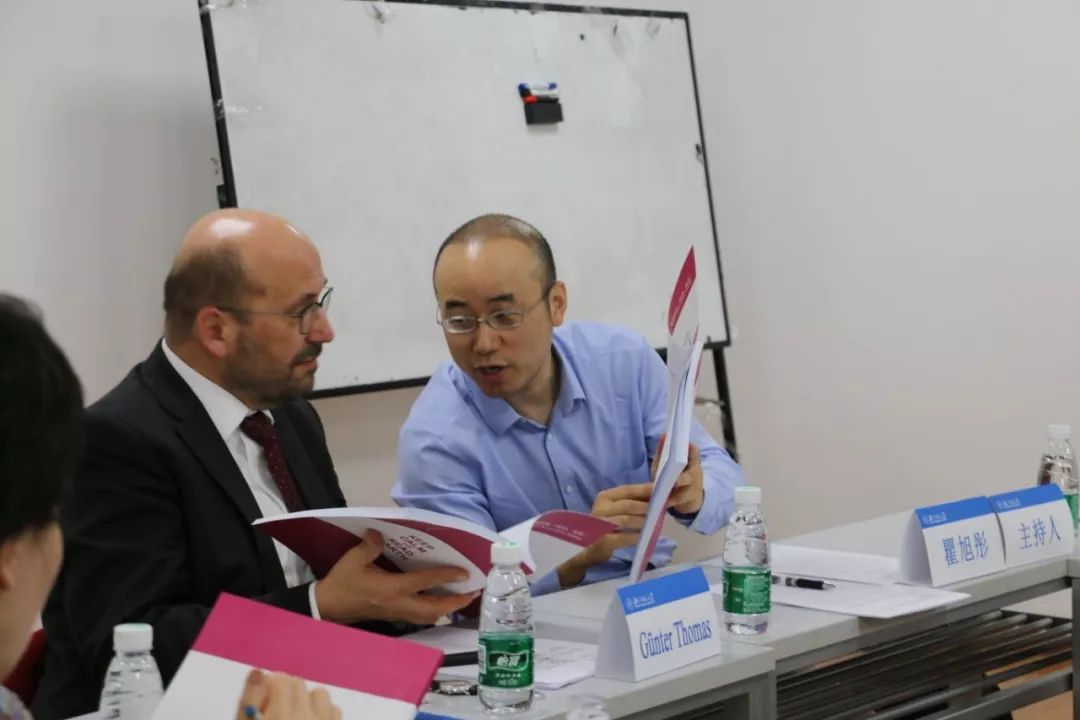
As Prof. Thomas notes, Barth’s underlying intention behind the model of the parable is to have a tool to conceptualize the presence of Christ today. Christ is with us and among us. In Barth’s view, Christ is present today, but not just in Word and Sacrament, but also in our real worlds of politics, economics, and so on. But, who is the Christ present today? Prof. Thomas suggests that Barth’s late theology of a threefold parusia of Christ is one possible answer. Christ is coming in steps. Christ is still fighting, struggling. It’s a theology of triumph, which bringsus hope for a kingdom of God, creation, redemption, and the perfection of the world through God and in God.
Beyond 1919: three stepsforward
1. The triumphant Christ is the suffering Christ.
Barth emphasizes the triumphant Christ, while other theologians such as Dietrich Bonhoeffer and Jürgen Moltmann correct him by putting forward that Christ is also the suffering Christ.
2. The works of the spirit and thethreefold office of the present Christ.
Prof. Thomas here cites the approach applied by Michael Welker, who proposed to use the traditional doctrine of Christ’soffices in order to illuminate the various ways Christ is present in our worlds. Such an approach connects Christ’s priestly presence in the worship,the prophetic dimension in political transformation and the royal dimension in diaconic work in society. Professor Thomas claims that the theologies of Karl Barth and Michael Welker are both theologies of presence, and they neglect the absence of Christ.
3. Christ’s absence: lament and radical hope as twins.
Prof. Thomas emphasizes that lament and radical hope are two moments of a unity. On the one hand, we lament about God’s patience and slowness in realizing the full reality of resurrection. In Barth’s view, God’s movement is creating a complex and dynamic tension between God’s presence and God’sabsence. Further, hope and lament are twins, without hope, there is no reason to lament, and without lament, there is no sincere and radical hope.
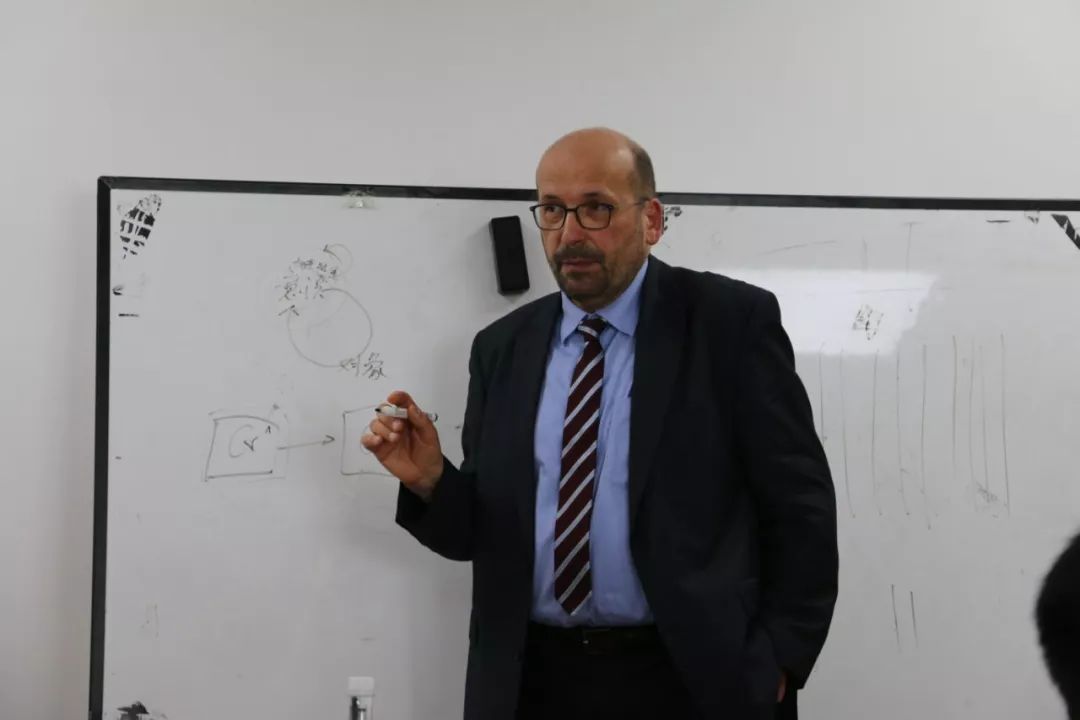
In the conclusion, Prof Thomas says that what creates something new is the forgiveness. Forgiveness, as he says, is a clear marker of the direction ofGod’s movement and can break the spell of a life-destructive commemoration. Forgiveness has the potential of profoundly anticipating the new creation and can eventually be the indicator of the active presence of Christ in society and culture.
After his speech, Prof. Xutong Qu and Prof. Zhixiong Li have given their thought-provoking responses respectively. After it, other scholars and students have exchanged their viewpoints and discussed several interesting questions arised by the keynote speech of Prof. Thomas.
北京师范大学哲学学院 李琳 供稿
主讲人简介:
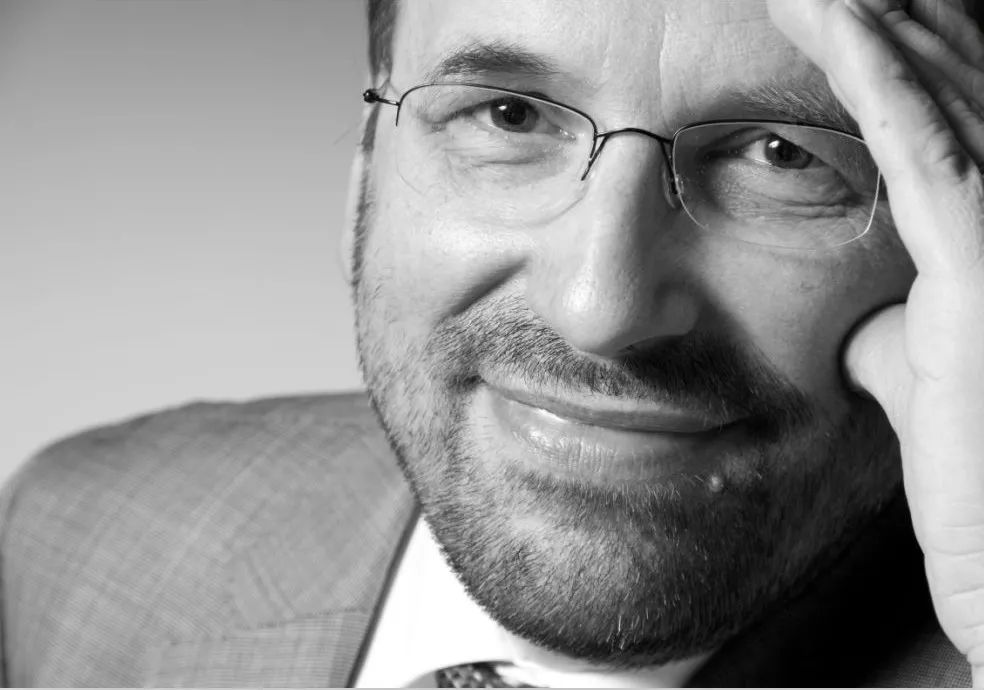
ChairProf. Dr. Dr. Günter Thomas,
Bochum University, Germany
主要经历:
2004年起,德国波鸿大学伦理学讲席教授
2004年,德国海德堡大学教授资格论文。
1999年,德国图宾根大学社会学博士。
1996年,德国海德堡大学哲学博士。
主要在研项目:
巴特思想和建构理论研究
关于老年、老年化和疾病的医学–伦理学研究
媒体、伦理学和公共文化
往期文章
学术沙龙 | 一种关于巴特宗教批判的后康德解释
曾劭愷|巴特《哥廷根教理學》的主體–客體辯證: 宋明儒學與歐陸神哲學批判比較
瞿旭彤 | 比自由神学更自由:试从巴特对神学实事性和科学性的探讨看其神学与自由神学的差异
瞿旭彤|普遍與特殊:從蒂利希與巴特一九二三年的爭論看兩人神學立場與進路的差異
关注我们
巴特研究 Barth-Studien
编辑:语石
校订:巴特研究、Imaginist、Lea、Vanci、Kimeikei、伶利等。
注:图片未经注明均来自网络。
声明:本公众号欢迎各界人士通过微信打赏或其他形式对“巴特研究”进行捐助,或与我们的合作机构与相关基金签订协议。敬请来信 [email protected].


